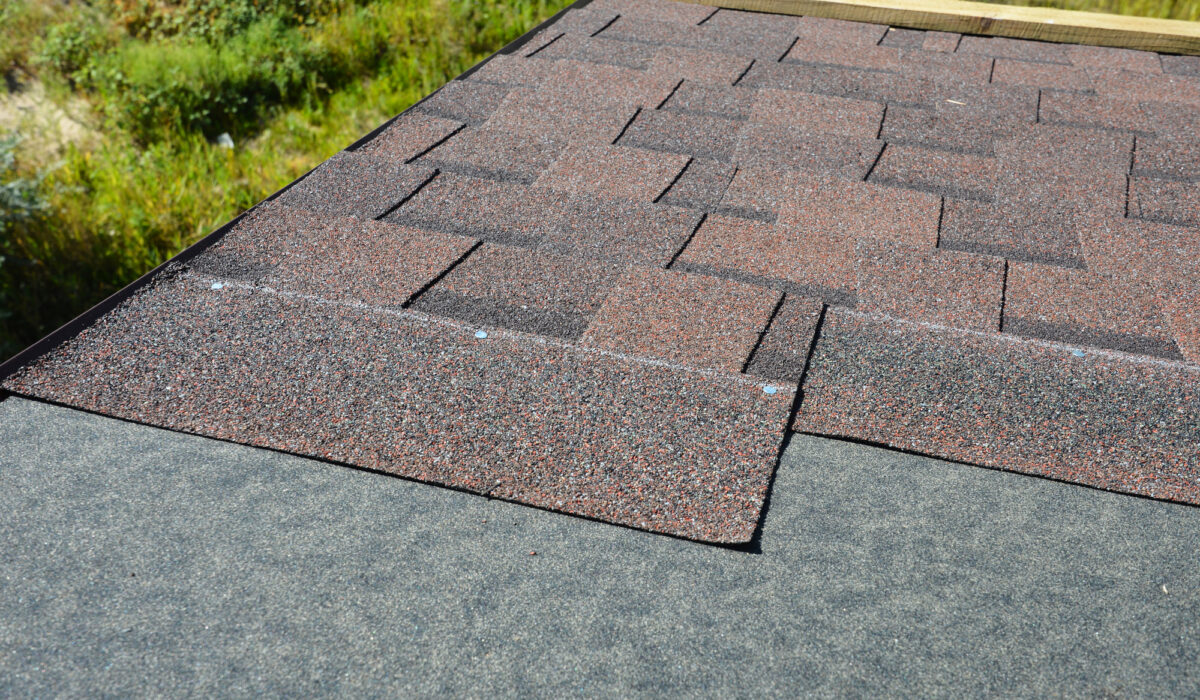- By Admin
- Roofing Technology
- 0 Comment
Modern Roofing: Cost-Saving Technologies and Material Innovations
As the roofing industry evolves, homeowners are presented with an array of advanced technologies and materials that not only improve the performance of roofs but also offer significant long-term cost savings. The last 30 years have been particularly transformative, seeing the introduction of materials and technologies designed to enhance energy efficiency, durability, and environmental sustainability.
Durable and Eco-Friendly Materials
One of the most notable advancements in roofing materials is the increased focus on durability and environmental sustainability. For instance, recycled roofing materials have become more prevalent. These materials are made from recycled content such as plastic, rubber, or wood fiber, and offer an eco-friendly alternative to traditional roofing without sacrificing strength or aesthetic appeal. Additionally, these materials often come with enhanced durability, reducing the frequency and cost of replacements.
Another significant innovation is the development of architectural shingles, which are thicker and more dimensional than traditional asphalt shingles. They are designed to withstand extreme weather conditions, such as heavy winds and hail, thus extending the life of the roof and reducing the need for costly repairs and premature replacement.
Energy Efficiency at the Forefront
Energy efficiency remains a critical focus in roofing technology advancements. The introduction of highly reflective and emissive materials that can significantly reduce the heat absorbed by a building has revolutionized the industry. These “cool roofs” reflect more sunlight and absorb less heat than traditional roofs, which helps maintain cooler building temperatures, reducing air conditioning needs and energy costs.
In addition, the integration of solar roofing systems has moved beyond bulky panels to more aesthetically pleasing options like solar shingles. These shingles blend seamlessly with traditional roofing materials and generate electricity, which can drastically reduce a homeowner’s utility bills and potentially earn energy credits from local utility companies.
Smart Roofing Technologies
Technological integration has also reached roofing, with smart roofing solutions gaining traction. These systems often include sensors and IoT technology to monitor various aspects of a roof’s condition, such as temperature, humidity, and structural integrity. This real-time data can alert homeowners to potential issues before they become severe, allowing for preventative maintenance that can save money on costly repairs.
Furthermore, some smart roofs can now interact with home automation systems, adjusting conditions such as ventilation based on the weather and internal temperature, further enhancing energy efficiency and reducing utility costs.
Enhanced Installation Techniques
Advancements aren’t limited to materials alone; installation techniques have also seen significant improvements. New methods have made the installation process faster and more efficient, reducing labor costs. Additionally, modern installation techniques have improved the overall effectiveness of roofing systems, enhancing their ability to resist environmental factors and thereby extending their lifespan.
For example, improved sealing technologies help prevent leaks and drafts, which can lead to moisture problems and heat loss. Better installation techniques also mean that roofs are more likely to withstand severe weather, which can reduce the likelihood of expensive emergency repairs after events such as storms or heavy snowfall.
Conclusion
The roofing industry has changed dramatically over the last 30 years, with innovations that offer substantial benefits to homeowners, particularly in terms of cost savings. Today’s roofing materials are designed to last longer, reduce energy consumption, and withstand harsh environmental conditions. Additionally, the integration of technology into roofing systems promises a future where roofs not only protect homes from the elements but also serve as an active component in home energy management systems. For homeowners considering a roof upgrade, investing in these modern roofing solutions can lead to significant financial savings over time, making it a wise decision both economically and environmentally.

